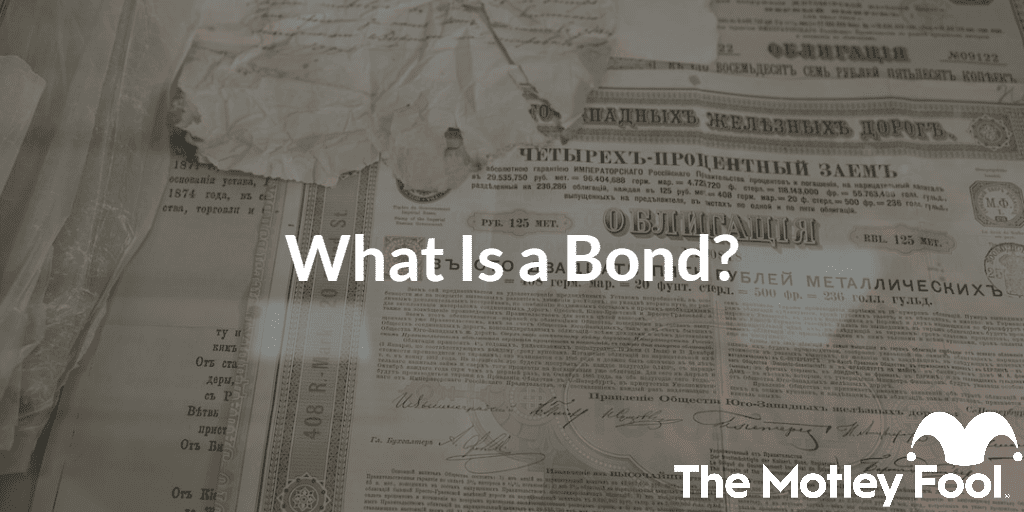Bonds are debt securities that entitle the holder to receive interest payments. They’re a type of loan made between businesses or government entities and investors. Bonds pay a specified interest rate (either fixed or variable) until they mature, and the issuing entity must repay the principal.
What is a bond?
Bonds are a fixed-income instrument. They are one of the three main asset classes, along with equities (e.g., stocks) and cash (or equivalents such as GIC).
Bonds allow entities to raise money from investors to finance their operations or fund a specific capital need (for example, an acquisition, capital project, or to refinance existing debt).
There are three types of bonds:
- Corporate bonds are debt instruments issued by corporations to finance their operations or expansion.
- Municipal and provincial bonds, are debt issued by states, cities, and other local government entities to fund public projects or provide services to the public.
- Government of Canada bonds, are issued by the Canadian government to fund its operations or refinance existing debt.
In return for loaning them the money, the bond issuer pays interest to the holder at a specified rate until the bond matures. Bonds are interest-only loans. The borrower makes interest payments (usually biannually) on the principal balance, allowing the investor to earn a predictable passive income stream.
Why should investors own bonds?
Bonds provide investors with three benefits:
- They supply a predictable income stream from interest payments.
- They allow investors to preserve capital if they hold the bond to maturity, at which time they receive their principal back.
- They help an investor diversify their portfolio and offset some stock market volatility.
Bonds can play an important role in a portfolio by reducing risk and supplying income. Many financial advisors urge investors to allocate a portion of their portfolio toward bonds. The most common suggested allocation is the 60/40 portfolio (consisting of 60% stocks and 40% bonds).
However, it’s important to note that bonds have varying risk profiles. Government bonds are typically risk-free if held to maturity since the Canadian government backs them. Municipal and corporate bonds carry default risk if the borrower doesn’t make their interest rate payment on time (or at all) or can’t repay the bond fully at maturity.
Bonds rated investment-grade carry a lower default risk than bonds that are not rated investment-grade, which are known as junk bonds. Investors need to do their due diligence before adding bonds to their portfolios.
How to add bonds to your portfolio
Adding bonds can help reduce a portfolio’s risk profile. They can also supply income. Many people like to increase their portfolio’s allocation to bonds as they approach or enter retirement.
Investors have two ways to add bonds to their portfolios:
- Buy bonds directly: Investors can research and buy bonds through their brokerage account. Investors need to understand the bond’s issuer credit rating, maturity date, and interest rate when purchasing bonds directly to ensure they align with their risk profile and goals.
- Invest in a bond fund: An easier option for beginners to add bonds to their portfolio is investing in a mutual fund or exchange-traded fund (ETF) focused on bonds. There are many available bond funds. Some offer broad exposure to the bond market, while others focus on different aspects of bond investing, including yield, issuer, and maturity date. Bond funds charge an expense ratio to manage the fund for investors. A lower expense ratio enables the investor to keep more of the fund’s return.
